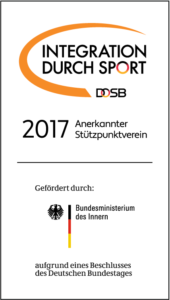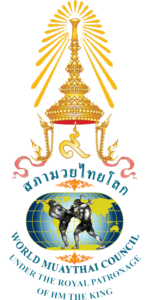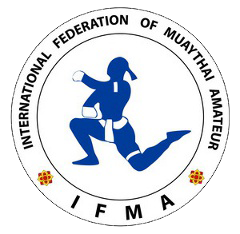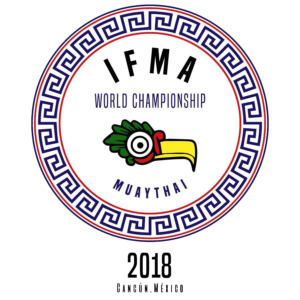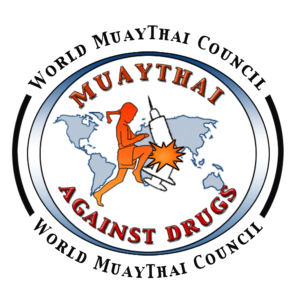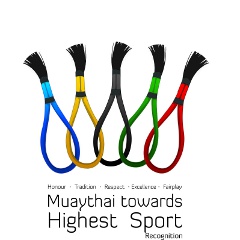Interim Model of Patent Management Agreement (PPMA Model) As part of the development of the IIA model, the participating institutions found that a streamlined procedure was needed to reach an agreement on the distribution of patent costs to allow the parties to continue monitoring patents before signing the full AI. That`s why the Model Model Preliminary Patent Management Agreement (PPMA) was developed. It creates a binding obligation to share patent costs, but does not give any party the right to enter into a licence while the PPMA is in force. In the interest of simply maintaining the procedure, each party may terminate the PPMA with a 90-day period and the non-lead is not required to pay on time for certain patent costs it is challenging. Background of the Inter-Institutional Model Agreement (IIA Model) The Inter-Institutional Model Agreement (IIA Model) was developed by a large group of research institutes to create a common baseline model for AI negotiations. The ORIGINAL IIA model was approved by 19 research institutes in 2013. The working group met again in 2015 to review the IIA model and recruit additional users, and more than 40 institutions participated in the process. The project is an open effort and we hope that your institution will consider participating. The IIA model was designed to provide a model as a common starting point for AI negotiations, in which two or more patent holders do not have common patent management or an agreed starting point. It is intended to complement, not replace, the existing body of ia models, although some institutions may choose to use it as a model agreement. On November 27, 2018, after a nearly five-year roller coaster battle, Washington University in St. Louis won $31.6 million in damages.
The award was awarded to underpayment fees related to Zemplar, an effective drug for the treatment of patients with kidney dialysis, against its partner Wisconsin Alumni Research Foundation (WARF) for a violation of a 1995 inter-institutional agreement between the two universities („IIA“). [1] First, the parties to an inter-institutional agreement, as in the case of a licensing agreement, commit to establishing a long-term relationship beneficial to both parties. It is therefore essential to maintain permanent communication with cooperation partners on all active inter-institutional agreements to ensure that the parties are on the same side for the duration of the agreements. As noted in this case, communications should focus not only on the terms expressed, such as. B the term that gives WARF exclusive power to transfer value in 1995, but also to unspoken terms, such as the question. B whether the parties intended to reassess the value in the event of a change in the environment to ensure a fair balance.

